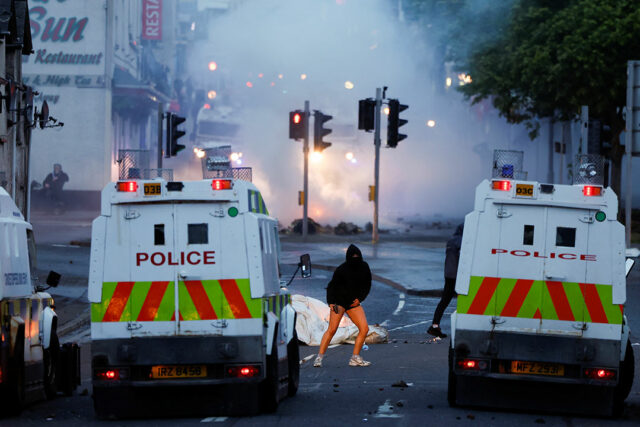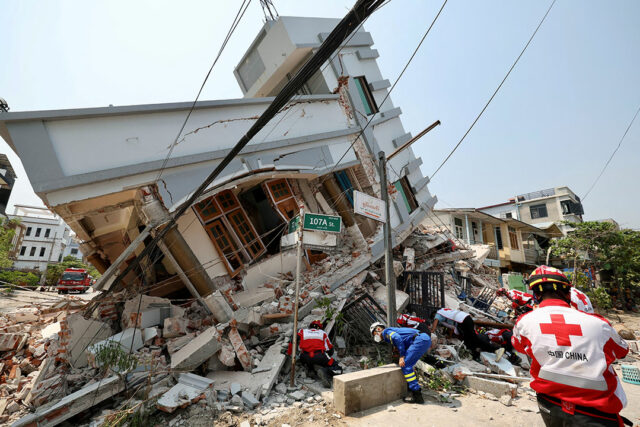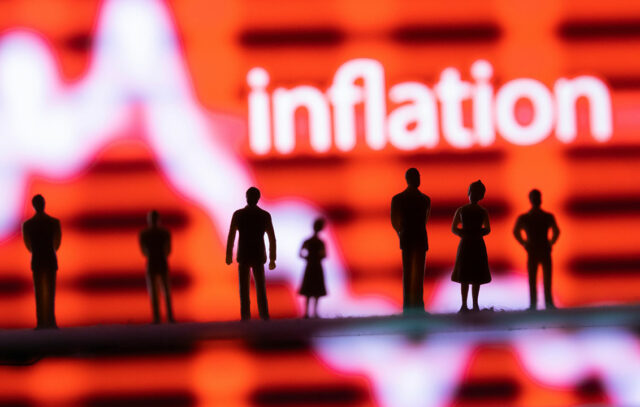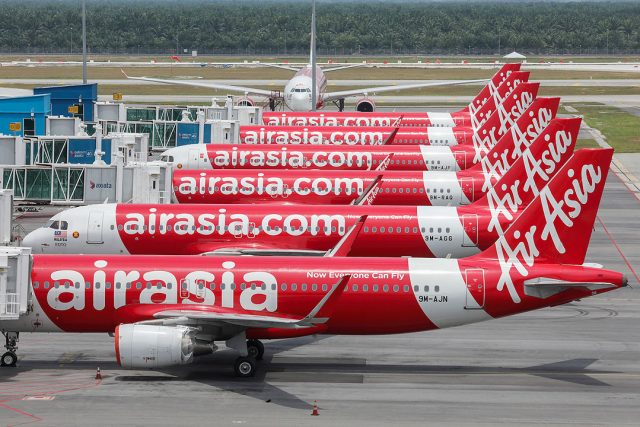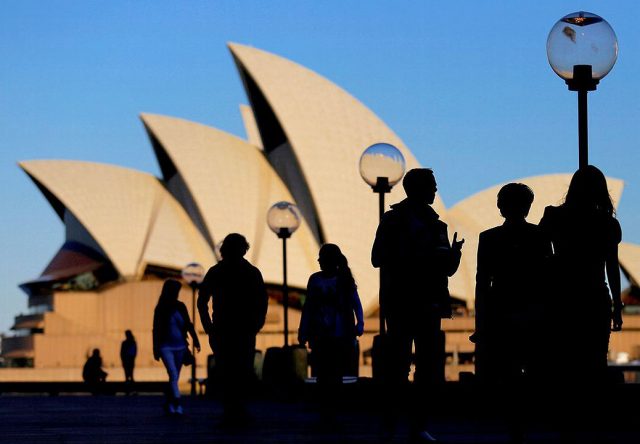TESLA faces an existential test this month as it aims to launch self-driving “robotaxis” in its home base of Austin, Texas, where public-safety officials are increasingly concerned about the state’s anti-regulation stance toward autonomous vehicles.
For Tesla, the launch of between 10 and 20 Model Y vehicles follows a decade of unfulfilled promises of self-driving vehicles from Chief Executive Officer Elon Musk, who last year staked the company’s future on such technology as it pivoted away from chasing rapid growth in electric-vehicle sales.
The Austin robotaxi launch, which Mr. Musk says will “tentatively” open to the public on June 22, comes as Tesla tries to arrest a global vehicle-sales slide, stemming from both its aging lineup of human-driven electric vehicles and Mr. Musk’s right-wing political activities.
Some analysts and investors attribute the majority of Tesla’s stock market value to hopes for robotaxis and humanoid robots it has yet to deliver. On an earnings call last year, Mr. Musk said investors “should sell their Tesla stock” if they did not believe the company would solve the technological challenges of driverless vehicles.
For the city of Austin, Tesla’s launch adds anxiety to a regulation-free landscape for autonomous vehicles. The Texas legislature in 2017 prohibited cities from regulating autonomous vehicles as a way to promote the industry’s growth statewide. Now, as the vehicles proliferate, some politicians, public-safety officials and advocates are pushing for more rules.
Austin police officers continually have run into problems with autonomous vehicles from Alphabet’s Waymo and General Motors’ now-defunct Cruise freezing up when they encounter complex traffic situations, such as festivals where officers direct traffic with hand signals, said Austin Police Lieutenant William White. Vehicles have disregarded traffic barriers and driven into prohibited areas, he said.
“It’s been very frustrating on our end from a safety standpoint,” said Mr. White, who oversees autonomous-vehicle safety for the department. “If these machines are learning, they’re not learning at a quick enough pace for sure.”
Waymo said it works closely with Austin officials and is always looking to improve the technology.
The Texas legislature passed a bill last month that for the first time would require autonomous-vehicle companies to apply for authorization to operate in the state, and give state authorities the power to revoke permits if a driverless vehicle “endangers the public.” Firms are also required to provide the state information on how police and first responders can deal with the vehicles in emergency situations.
If the bill is signed by the governor, it is unclear when the new system would take effect, but likely not until next year, according to a state Department of Motor Vehicles spokesperson.
UNANSWERED QUESTIONS
Mr. Musk and Tesla have given few details about their plans for the Austin robotaxi launch. Among the key questions is whether the cars will include new sensors or other technology that differs from the currently offered “Full Self-Driving” (FSD) feature, which is not autonomous. In a post on his X social media platform on Tuesday, Mr. Musk described the driverless Austin vehicles as “unmodified Tesla cars” using a “new version of software.”
In January, Mr. Musk said Tesla would be offering “autonomous ride-hailing for money in Austin, in June,” followed by other American cities “as swiftly as possible.” He has described Tesla’s approach as one that “works anywhere.”
In April, he said the Austin rollout would begin with 10 or 20 Model Y vehicles, and that the company would “scale it up rapidly after that” to be in “many other cities in the US” by the end of the year. He predicted there would be “millions of Teslas” operating “fully autonomously” by the second half of next year.
Mr. Musk’s statements in recent weeks have been more cautious. On CNBC last month, he said that when Tesla deploys robotaxis in Austin, the company will “geofence” the vehicles and operate in “only the parts of Austin that we consider to be the safest.” He said company staff would remotely monitor the vehicles.
“We’re going to be extremely paranoid about the deployment, as we should be,” he said.
Mr. Musk and Tesla have not said who the passengers will be, how Tesla will charge for rides, where in Austin they will operate or how extensive the remote operation will be. Rivals have started testing with their own employees and a limited number of passengers before opening the services to anyone.
In a post on X on Tuesday night, Mr. Musk said public rides would begin “tentatively, June 22,” adding “the date could shift.” One video that surfaced on social media on Tuesday, which Mr. Musk reposted, showed a Model Y with the word “Robotaxi” driving on a street in Austin with no human driver, followed closely by a second Tesla vehicle. In a May 28 post on X, Mr. Musk said the company had recently started testing “self-driving” vehicles on Austin public streets with “no one in driver’s seat.”
Tesla did not respond to requests for comment.
Tesla advertisements for “teleoperation” positions say the company needs the ability to “access and control” autonomous vehicles and humanoid robots remotely, adding that such employees can “remotely perform complex and intricate tasks.”
The National Highway Traffic Safety Administration (NHTSA) inquired last month about many of the unanswered questions surrounding the Austin rollout.
The agency, which is investigating Tesla’s FSD driver-assistance feature after a fatal crash in 2023, sent a detailed request seeking information about safety features, Tesla’s timetable for expansion, where exactly it will be operating the vehicles and how it is preparing for accidents and emergency scenarios. The responses are due next week.
A person familiar with NHTSA’s operations said the agency sent the letter because it already has concerns about Tesla’s current FSD technology, which it sells to customers for $99 a month, and it fears that Tesla’s Austin rollout may not be safe.
The Texas attorney general is considering a Reuters request for communications between Tesla and city officials in Austin over the past two years, which Tesla has opposed over trade secrets concerns. Austin’s Department of Transportation and Public Works declined to discuss Tesla’s operations.
A person familiar with Austin’s autonomous-vehicle policies said the city has been meeting regularly with Tesla since December and that the company has shared some deployment plans with the city.
Safety experts say there has been a dearth of information about Tesla’s technology. Phil Koopman, a Carnegie Mellon University engineering professor and autonomous-vehicle safety expert, said Mr. Musk’s statements “leave room for ambiguity” about its plans in Austin and the sophistication of its robotaxi technology. “When you start to pin it down, it’s like jello,” he said.
He questioned whether Tesla would be ready for a rapid nationwide rollout soon.
“Having 10 cars on the road and not having a crash,” Mr. Koopman said, “is sort of table stakes for this game.” — Reuters


